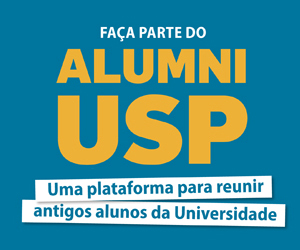Journal Club Laboratório de Física da Atmosfera
Neste semana, o aluno de doutorado Carlos Eduardo Souto-Oliveira, do IAG-USP, apresentará o artigo "Effect of local and remote sources and new particle formation events on the activation properties of cloud condensation nuclei in the Brazilian megacity of São Paulo".
23 de setembro, sexta-feira, auditório FAP/FEP
Ed. Basílio Jafet, sala 105, IFUSP, as 14h
Link: http://www.atmos-chem-phys-discuss.net/acp-2016-241/
DOI:10.5194/acp-2016-241
Atmos. Chem. Phys. Discuss. (2016)
Resumo: Atmospheric aerosol is the most important source of cloud condensation nuclei (CCN). Microphysics and chemical composition of aerosols can affect cloud development and precipitation process. This is the first study in a megacity on South America to assess the impact of remote sources and new particle formation (NPF) events on CCN activation properties. The measurements were conducted at São Paulo city from August to September 2014. The CCN were measured within the 0.21.0 % range of supersaturation, simultaneous with particle number concentration (PNC) and distribution (PND), trace elemental concentrations (TEC) and black carbon (BC). The NPF events were identified during 35 % of the sampling days. Combination of TEC and BC associated with aerosol profile from Lidar analysis and Hysplit trajectories allowed to identify sea-salt and biomass burning contribution from remote regions as 28 % and 21 % of total number of days, respectively. We will discuss and other result!
s we presented in the paper.













